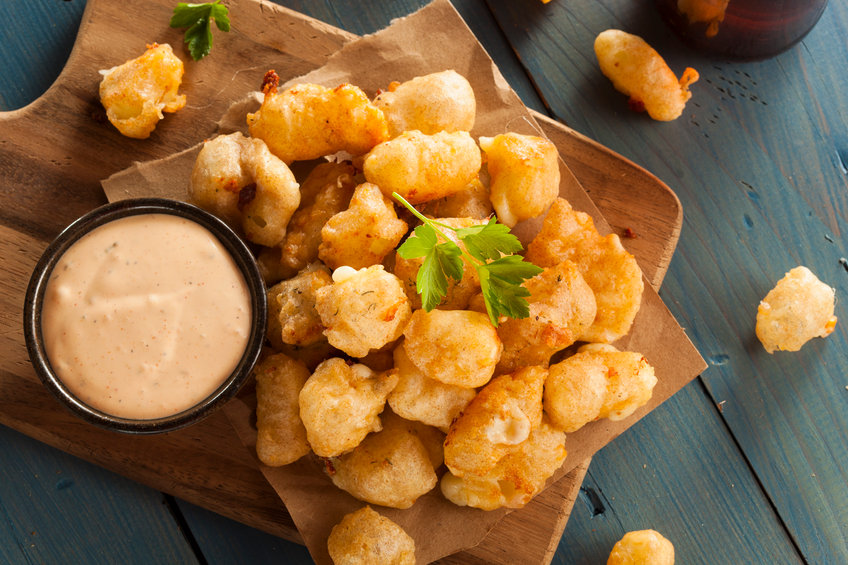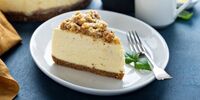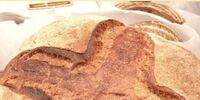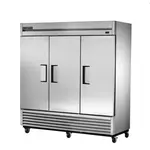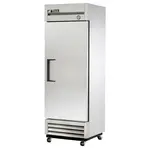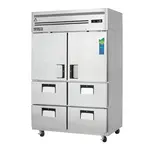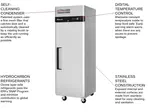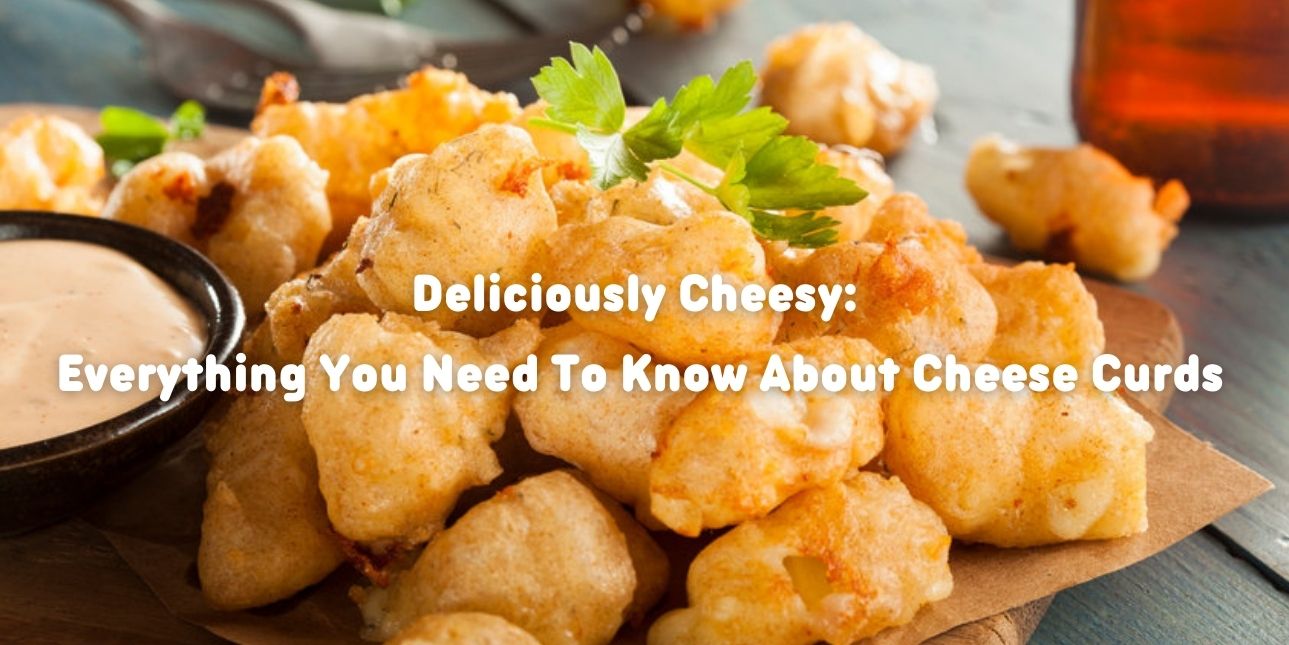
Cheese curds are highly popular in the midwest, and Wisconsin is synonymous with cheese curds. Cheese curds are chunks of curdled milk formed during the cheesemaking process. Cheese curds can be used in making pasta, salad, and various other delicacies. Deep-fried cheese curds are available across fast food joints, restaurants, cafes, and fried-food kiosks.
In this article, we discuss what cheese curd is, what is fried cheese curd, how to make curd cheese, the kind of cheese used in cheese curd, and cheese curd vs. cheese.
What Is A Cheese Curd?
Cheese curd is curdled milk that is obtained while cheese is made. Cheese curds are pieces of cheese that have a natural shape. Cheese curd is not processed into blocks or aged. They are mostly fresh and less than 4 days old. Most fresh cheese curds are less than 24 hours old. You can also purchase or produce flavored cheese curds. Flavored cheese curds like Cajun, garlic, pepper, ranch, and horseradish are popular worldwide.
What is A Fried Cheese Curd?
Deep-fried cheese curd or fried cheese curd is a highly popular recipe. Fried cheese curds are crunchy and breaded from the outside. Most fried cheese curds melt in the mouth. Fried cheese curds are a great appetizer or side dish for most occasions. You can sell cheese curds at events, carnivals, fast food joints, restaurants, and cafes. You can deep fry regular cheese curds by applying a layer of batter over them. You can serve fried cheese curd with ketchup, ranch dressing, mayonnaise, and marinara sauce. Additionally, you can also serve them with buffalo sauce and cheese.
What Is Dry Curd Cottage Cheese?
Dry curd cottage cheese is regular cottage cheese without milk or cream. You can make dry curd cottage cheese by overheating milk or adding acid to milk. The addition of acid causes milk to curdle, and curdled milk separates into whey and curd. In this process, whey gets separated from the curd or solids. Dry curd cottage cheese is also called farmer’s cheese. If you add milk or cream to the curd, you can get a moist cottage-cheese-like consistency. You can find dry curd cheese in most natural food stores. You can also make dry curd cottage cheese by adding cottage to a colander and then let it dry after removing the excess dairy.
How To Make Cheese Curd
You need a lot of patience to make cheese curd. You can start with pasteurized milk, rennet, and starter culture. Rennet is a blend of enzymes that separates milk solids from whey while making cheese. Cheese curd is mostly made from cheddar cheese, but you can also make it from Colby cheese and Monterey Jack depending on your needs.
Cheese Curd Recipe
Primary Ingredients: 1 gallon pasteurized milk, ¼ teaspoon liquid rennet, ½ packet mesophilic culture, ¼ teaspoon calcium chloride blended with 2 tablespoons of chilled water, ½ tablespoon salt.
Cook Time Needed: 4 Hours
Final Quantity Produced: 1 to 1-½ cups of cheese curd.
Step 1: You can first pour the milk into a stockpot. Set the temperature to medium heat. You can sprinkle mesophilic culture over the milk and add calcium chloride mixture. Stir continuously for a perfect blend.
Step 2: Once the temperature reaches 90 degrees Fahrenheit, cover the stockpot and let it rest for more than 1 hour.
Step 3: You can add rennet and stir continuously. Then, cover the stockpot again and let the blend rest for another 45 minutes.
Step 4: You can check the status after 45 minutes. After the complete process, the separated curds ideally float to the top. You can use a paring knife and lift the sheet of curds. The curds should break cleanly. You can cut the curds and cook it further. If the curds get dissolved in the blend, you can cover the pot and let the milk rest for a while.
Step 5: You can gently slice pieces of curds into blocks. You can stir with a spoon and break large chunks of cheese curd. Use a wooden spoon for this process. Start reheating the pot at medium-low heat and warm the curds to 105 degrees Fahrenheit. Then, stir slowly and consistently.
Step 6: Once the temperature reaches 105 degrees Fahrenheit, you can stop the heat and continue stirring for 45 minutes. If needed, you can heat the pot at a low temperature. In this particular process, the curd is cooked and settles in a solid or firm texture.
Step 7: You can line a colander with cheesecloth in the next step. You can pour all contents of the pot into the colander and finally fold the edges of the cheesecloth over the collected curds.
Step 8: You can press the curds to remove excess moisture. You can fill the milk container with water and place a plate over the cheesecloth. Finally, the milk jug can be balanced on top. Let everything rest for half an hour and flip the curd package one time during the process.
Step 9: Finally, unwrap the curd and cut them into small pieces. You can pour the contents over the colander and sprinkle with salt. You can toss gently for a proper blend. Let the mix rest for 10 minutes and blend with salt for taste.
Step 10: You can store cheese curds in commercial refrigerators for extended periods, but most cheese curds begin to lose their signature taste after 24 hours.
What Kind of Cheese Is Cheese Curds?
Cheese curds are baby cheddars or young cheddars. They are baby cheddars that are freshly made. Cheddar cheese or Colby cheese is perfect for making high-quality cheese curds. Cheese curds are mostly separated during the cheesemaking process. Young cheddars or cheese curds are never molded into solid cheese. They are mostly sliced, bagged, and sold in the market immediately.
Cheese Curd Vs. Cheese
The main difference between cheese and cheese curds is that cheese curd is a raw material from which you can make cheese. Cheese curds are also fresher than regular cheese. Cheese curds are produced during the cheesemaking process. You can use cheese curds to make huge quantities of cheese. You can also distinguish fresh cheese curd from not-so-fresh cheese curd by the level of squeakiness—most fresh cheese curds squeak when you bite them. Fresh and squeaky cheese curds are usually less than 4 days old. Older cheese curds, like those over 5 days old, become cheese. You can use older cheese curds in fresh veggie salads, pasta, and eggs. You can also deep-fry older cheese curds.
You can serve cheese curds and various cheese curds recipes in your foodservice establishment. You can also store curd cheese in the refrigerator. Additionally, you can browse through commercial refrigerators reviews to find the best commercial refrigeration solutions to store excess cheese curds in your restaurant, fast food joint, or foodservice establishment. You can also freeze large quantities of cheese curds to increase their shelf-life. If you wish to use frozen cheese curds for any dish, you can thaw them first and use them immediately. Thawed cheese curds break quickly and feel fresh. Depending on your needs, you can serve fried cheese curds with ranch dressing, mayonnaise, cheese, or ketchup. Cheese curds are ideal for producing more cheese.

